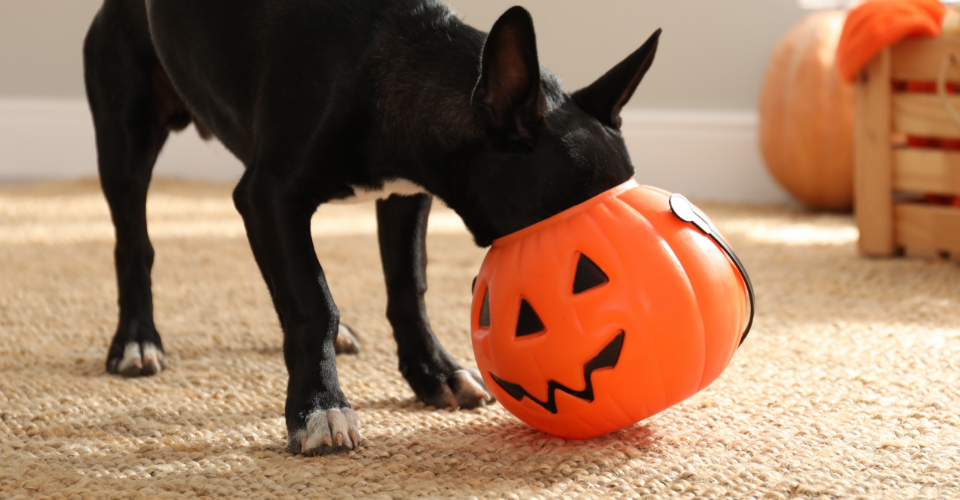Top Tips for a Pet-Friendly Halloween
Dr Gertruida Mentz is a small animal Veterinarian from Inanda Veterinary Hospital in Waterfall, Durban. We asked her some questions about making Halloween inclusive for our pets!
What are the most common hazards for pets during Halloween?
“The most common hazards for pets during Halloween include the ingestion of harmful sweets such as chocolates, raisins, and xylitol, which can be toxic. Additionally, pets may run away, escape, or get stuck in fences due to the heightened activity and noise during the holiday.”
Are there specific types of decorations that pose a risk to pets?
“Yes, certain Halloween decorations can pose significant risks to pets. For example, small balls can be a choking hazard or cause an obstruction if swallowed. Strings or hanging decorations can lead to pets getting entangled, potentially causing strangulation or internal obstructions if ingested.”
What are the signs of a pet being stressed or uncomfortable in a costume?
“Signs that a pet is stressed or uncomfortable in a costume include licking their lips, tucking their tail, hiding under furniture, or scratching at the costume in an attempt to remove it. Pets may also exhibit behaviours like staying still, not moving, or crouching down. For cats, signs of stress include freezing in place and having dilated pupils.”
How can a pet’s anxiety be managed with the increased noise and activity?
“To manage a pet's anxiety during Halloween, it's helpful to practice wearing a costume beforehand to allow them to get used to it. Socialising pets regularly can also help them feel more comfortable in large groups of people. If necessary, anxiety medication can be administered, and keeping pets indoors with the TV on or music playing can provide a calming environment.”
Is the risk greater for pets to be outdoors during Halloween?
“Yes, the risk is generally greater for pets to be outdoors during Halloween due to the increased noise, activity, and potential for them to encounter hazardous items or situations. Keeping pets indoors is often the safer option.”
Learn more about our Vet of the Month
Dr Gertruida works primarily with dogs and cats, and she is passionate about everything involving biology.
When did you decide to become a Vet?
“I have always been fascinated with figuring out how the natural world works, so a career in Veterinary science was a natural choice when choosing career paths in high school. My first conscious decision to become a Vet came when I was 15.”
Do you have any pets?
“I have two pets. Mina, a 5-year-old Domestic Shorthair cat and Tonka, an 11-month-old English Bull Terrier. Tonka was named after the brawny toy brand from the USA, as I just love their strong wills and endless energy, always ready to ‘bulldoze’ over everything that stands in their way. My real love lies with our feline friends, however, as I have always been completely intrigued by their demeanour and wide variety of personalities.”



